The elevator industry has joined in the Eco-design trend and met the criteria for assessing efforts to combat climate change, etc., This accomplishment shows that the global elevator industry is moving towards the goal of sustainable development and does not stand aside from global environmental issues
What is Eco-design?
Would you believe that 7,500 liters of water – the amount one person drinks in seven years – was used to produce a pair of jeans? This is the truth announced by the United Nations in 2019 and it is just the tip of the iceberg – a reality that urgently needs solutions like eco-design. It is a new philosophy that considers product sustainability from start to finish, where extraction, production, distribution, and consumer use are all subject to green criteria.
While we are used to a buy – use – throw away economy or a “linear” economy, Eco-design means an economy where the purpose is to produce products that do not have a lifespan limit. That is, goods in a circular economy, at the end of their lifespan under suitable conditions, are transferred to a new use. Simply put, Eco-design creates products that consider their environmental impact throughout their entire “lifecycle”: from their manufacturing process, to their use and disposal.
Eco-design’s benefits are not only in the ecological environment, but also in the industry and businesses themselves. It can be said that Eco-design is the inevitable sustainable path to pursue, becoming a competitive trend in the future. The reason is because there will come a time when customers will only choose environmentally friendly products, and there will come a time when the Eco-design standard becomes a mandatory requirement for goods to be circulated on the market. So if the business does not start now, in the future, it will be left behind and even eliminated from the market!
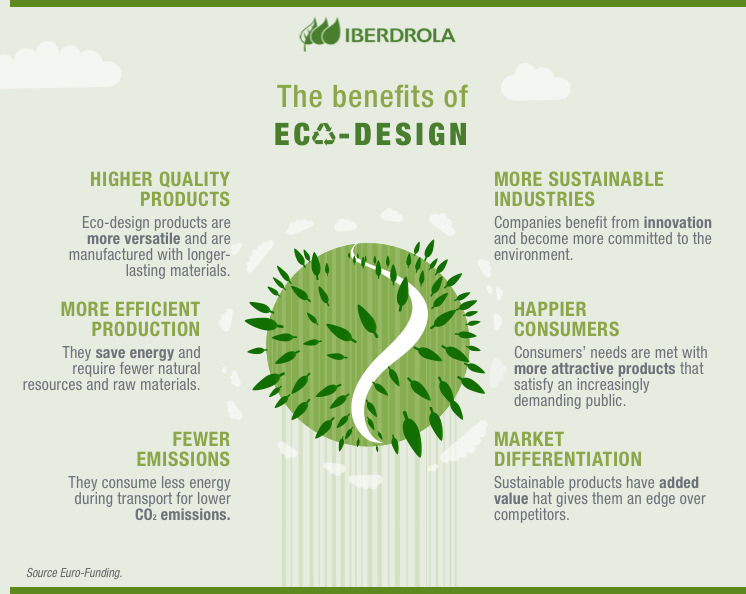
Eco-design benefits for both the environment and the market, businesses
Sustainable design certifications
There are specific regulations governing eco-design that certify sustainable products to market. Certifications include:
Cradle to Cradle (C2C): This system certifies and drives innovation in sustainable products across five key performance categories: material health, material reuse, renewable energy, and carbon management, national governance and social justice.
ISO 14062: This international environmental standard assesses the integration of environmental aspects into product design and development.
ISO 14001: This standard allows companies to certify their commitment to the environment by managing the ecological hazards inherent to their operations.
ISO 14006: This standard relates to environmental management systems – Guidelines for incorporating eco-design, is an international standard that specifies guidelines to help organizations establish, document, and implement, maintain and continuously improve their ecodesign management as part of their environmental management system. This standard is intended to be used by organizations that have implemented an ISO 14001 compliant environmental management system but can help integrate eco-design into other management systems. This guide is applicable to any organization regardless of its size or activities.
Eco-design trend
The global elevator industry is also not outside of the role of eco-design in sustainable development, responding to green living solutions.
Typically, among them, Orona Elevator Company (Spain) is the first elevator company in the world to be certified with Eco-design ISO 14006, along with all Orona ‘s office centers in Spain is also certified with ISO 14001. This achievement is based on efforts to build a modern, humane development strategy and above all, towards community benefits. Therefore, from the field of management, production, service, … this manufacturer all meets the standards of environmental protection.
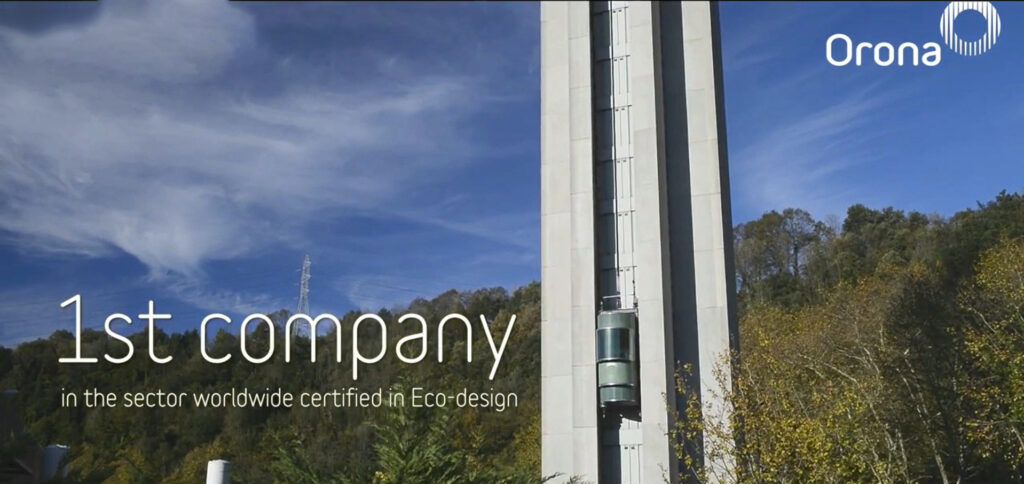
In addition to considering the level of environmental impact in all stages from raw materials, production, transportation, use to the end of the product life cycle, Orona also equips its products with many smart technology applications: the microprocessor system is directly connected to the operation management center in Spain, which can guide and handle techniques via the Internet. The solutions applied by Orona to the elevator firstly contributed to reducing the product’s energy consumption, and secondly, reducing the risk of environmental pollutionIn the long term, Orona’s green development strategy is towards building a brand with comprehensive responsibility to the community, starting a positive development trend, participating in the “race” to preserve the environment, combat climate change.
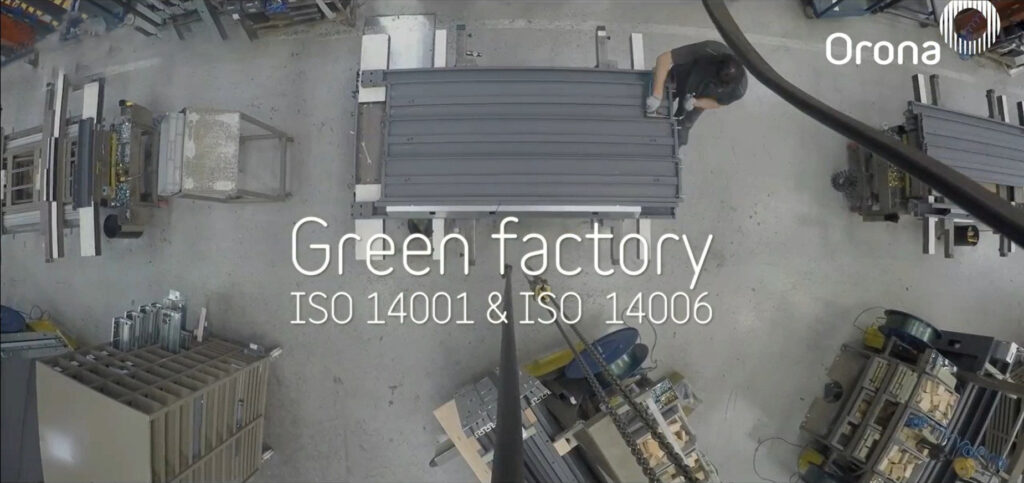
Efforts to fight climate change
Elevator businesses are no exception in the fight against climate change.
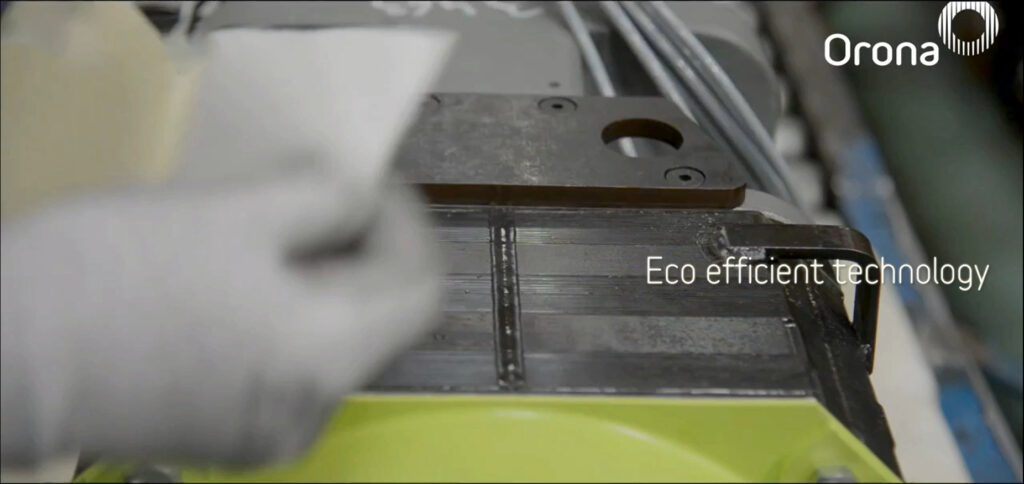
KONE and TK Elevator (TKE) are among the original equipment manufacturing – OEM (different from value added reseller – VAR) recognized with a score of “A” from the Customer Data Platform (CDP) of an international non-profit organization for efforts to combat climate change. These two businesses are among the few effective companies that are rated “A” out of nearly 12,000 businesses participating in the assessment. Other elevator businesses that scored “A” include Mitsubishi Electric Corp. and Hitachi Ltd.
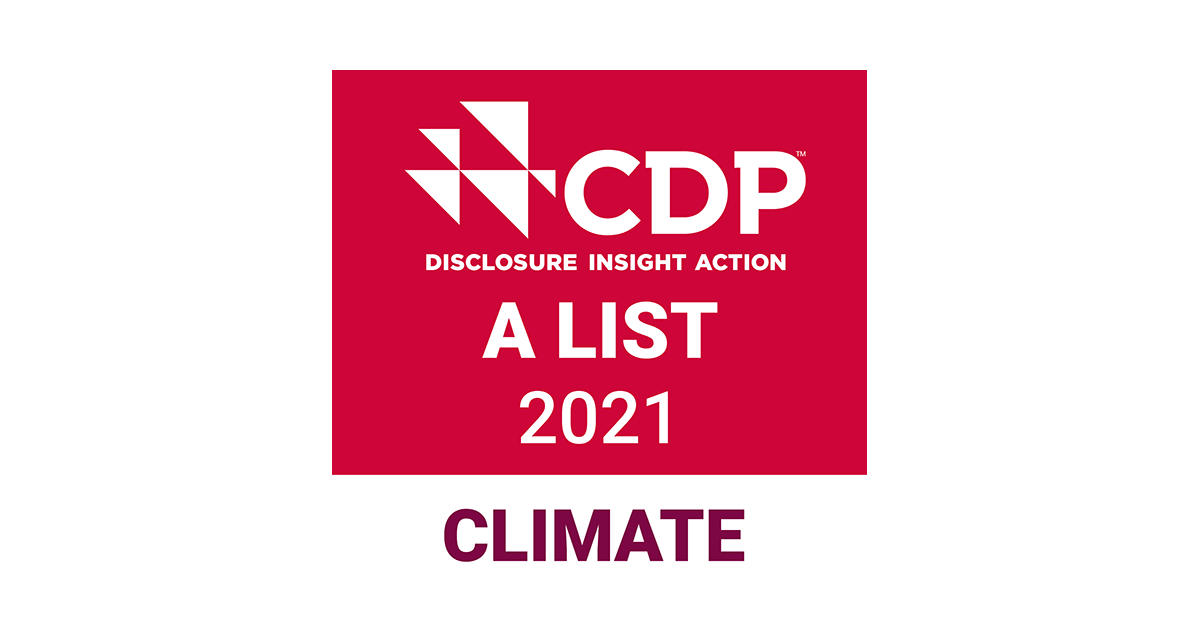
In a press release, KONE announced that it has adopted the CDP since 2009 and has received an A or A- on climate change for nine consecutive years. CDP assigns a score from A to D- based on the comprehensiveness of disclosure, awareness and management of environmental risks, demonstration of best practices, environmental leadership, and setting ambitious goals. In 2020, KONE aims to significantly reduce greenhouse gas emissions and be carbon neutral by 2030.
Earning an “A” for the second year in a row, TKE said it will continue to focus on sustainable products and services, especially its commitment to reducing CO2 emissions through measures such as converting vehicles to electric and hybrid. TKE’s goals include only using electricity from renewable sources by 2030 and aiming to become climate-neutral by 2050.
It can be said that the efforts of elevator businesses in the fight against climate change, efforts to meet Eco-design standards show that the determination of the elevator industry is increasingly being spread and strongly responded. In addition, this is also a clear manifestation of the sustainable development choice of the global elevator industry.
With this inevitable trend, is it time for Vietnam to uphold the role of ecology and climate issues for goods and businesses? Only starting now can we limit the consequences in the future, and at the same time catch up with the inevitable competitive trend of the global market towards the ecological environment.
Luu Hien Minh